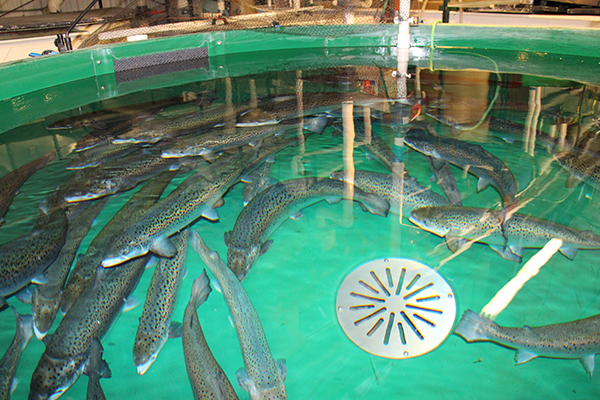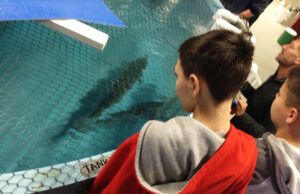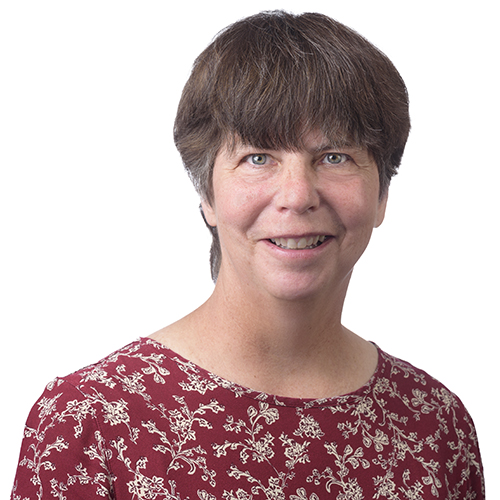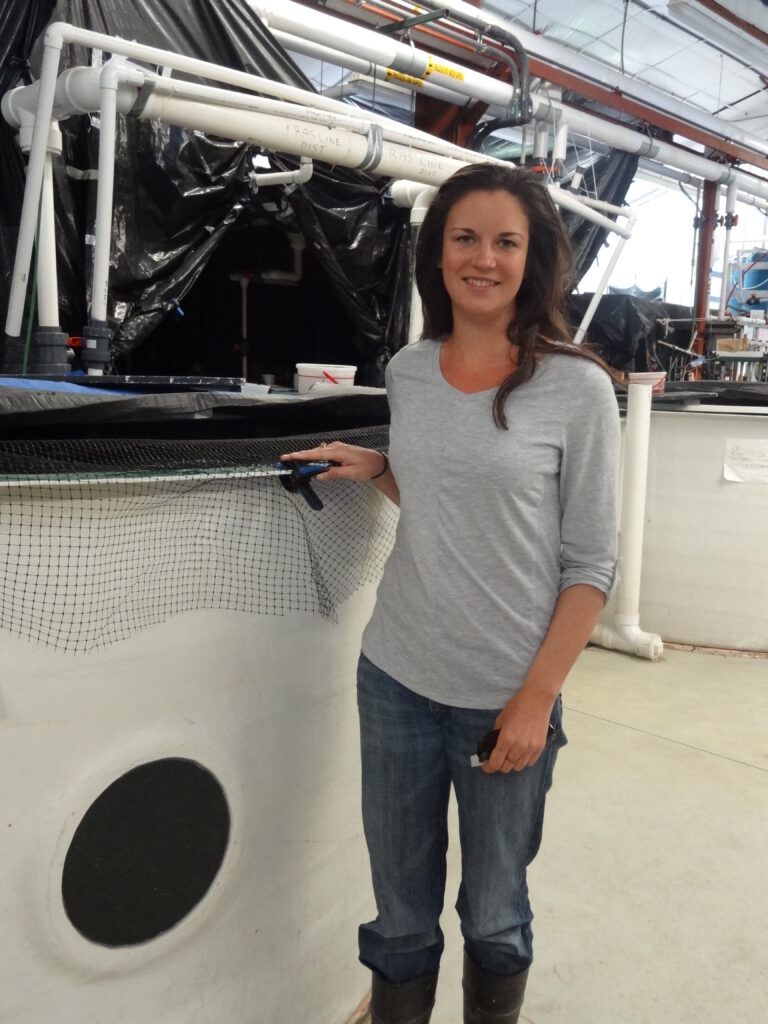Special Weather Statement issued January 21 at 8:46PM CST by NWS
Current Watches, Warnings and Advisories for Brown (WIC009) Wisconsin Issued by the National Weather Service
https://alerts.weather.gov/cap/wwacapget.php?x=WI1263DD30CA98.SpecialWeatherStatement.1263DD31A8DCWI.GRBSPSGRB.3b77a733acfe35fc01f412b80021d336















